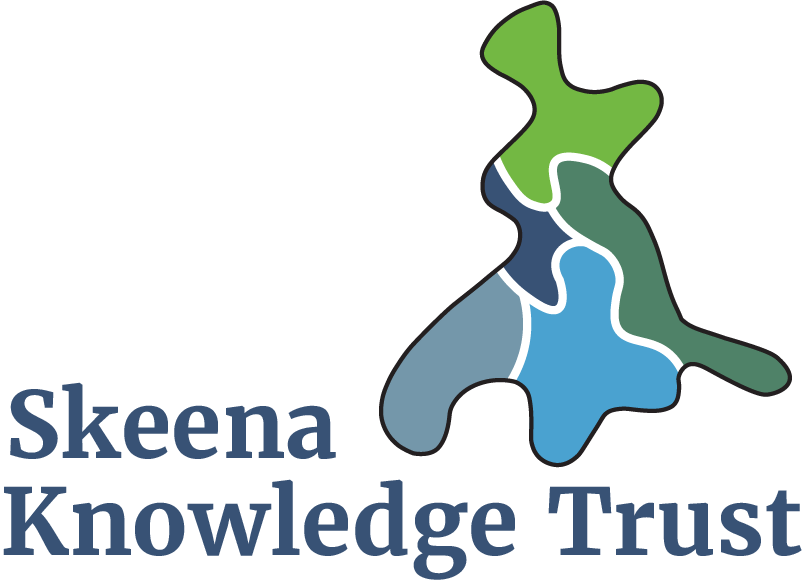Assessing Estuaries as Stopover Habitats for Juvenile Pacific Salmon
Data and Resources
-
Assessing estuaries as stopover habitats for juvenile Pacific salmonPDF
Assessing estuaries as stopover habitats for juvenile Pacific salmon.
Additional Info
| Field | Value |
|---|---|
| Author | Moore, J.W., Gordon, J., Carr-Harris, C., Gottesfeld, A.S., Wilson, S.M. and J.H. Russell |
| Maintainer | Marine Ecology Progress Series |
| Last Updated | July 26, 2022, 16:50 (UTC) |
| Created | October 24, 2019, 20:24 (UTC) |

